New Toyota Highlander turbocharged engine offers more torque and fewer emissions
Green Car Congress
OCTOBER 7, 2022
The 2023 Toyota Highlander gas models are equipped with a new, higher-torque, high-efficiency turbocharged engine. liter V6 engine’s 263 lb-ft (357 N·m). Fuel efficiency is also improved for this higher-torque engine with an EPA-estimate of up to 25 MPG combined. The 265-horsepower, 2.4-liter

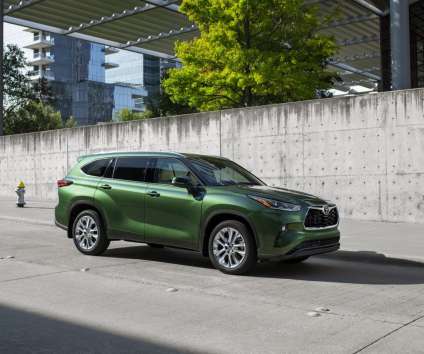











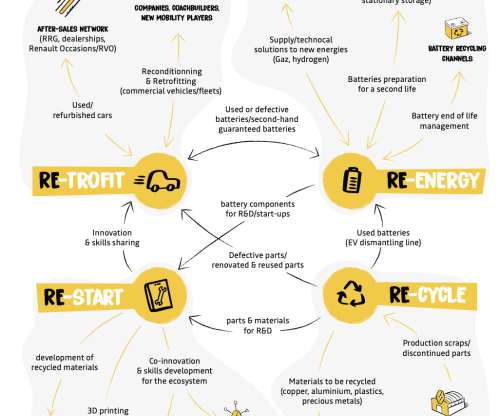





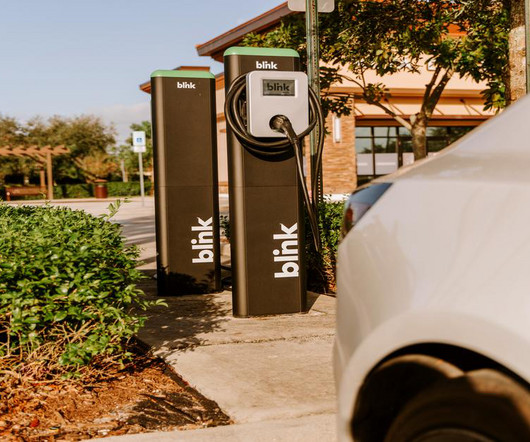





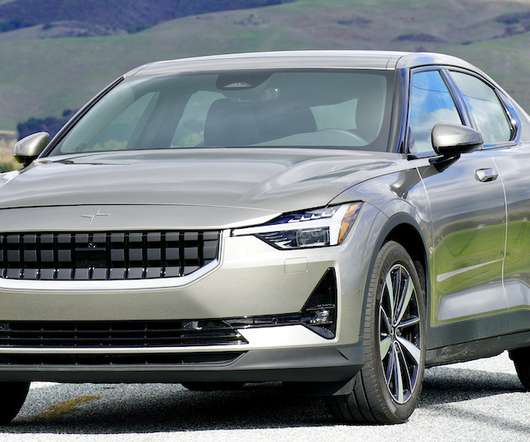

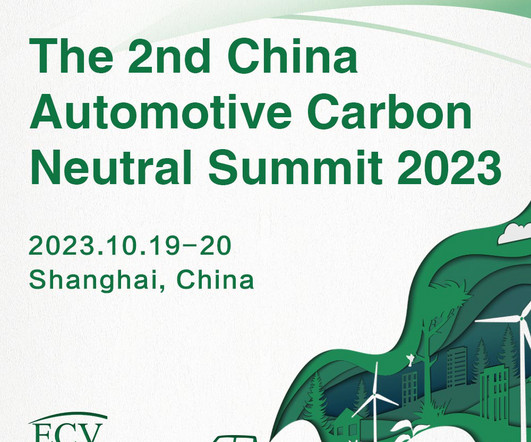






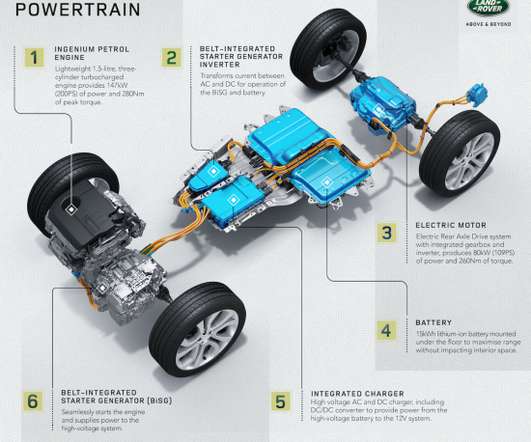









Let's personalize your content